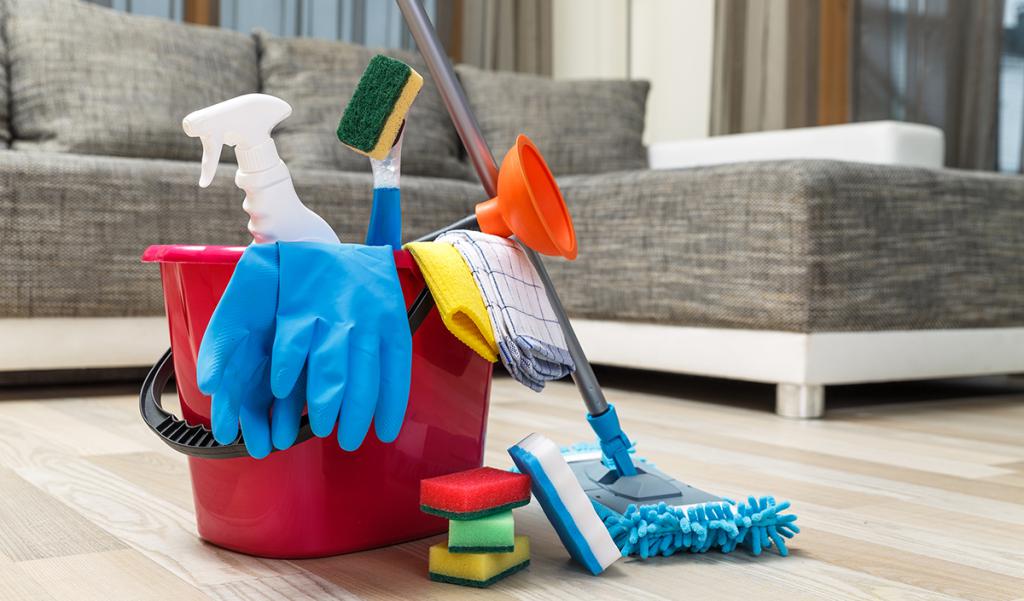Regular wet cleaning in the house is the key to good health and normal health of its inhabitants. It seems that everyone knows and understands this very well, but nobody likes to wash the floors, and the main reason for this is the antediluvian equipment, which is still used in many houses. However, manufacturers of household goods have long ago offered a great alternative to creepy floor rags - mops. Today we will find out what a mop is, what types of mop it is and what are its advantages over ordinary items used for wet and dry cleaning.
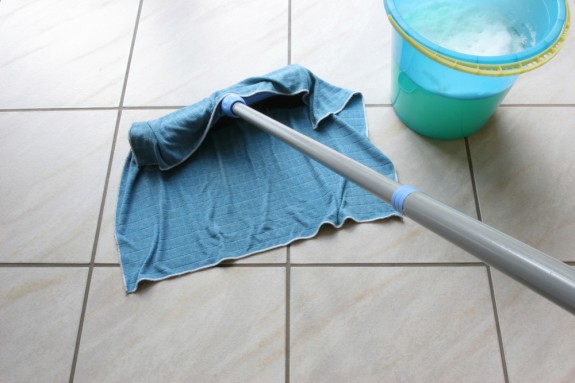
Mop or nozzle for her?
First you need to clarify some of the confusion resulting from the misinterpretation of foreign terms. Modern cleaning equipment, which we used to call nothing more than a mop mop, in specialized circles is actually called a flounder. This definition is given to mops with a flat holder for cleaning floors, walls and glass surfaces. And what is a mop? This term is used to call the nozzle, which is attached to the flounder. Despite the fact that the English word mop, the translation of which sounds like a “mop,” has no other meanings, in our language it is customary to mean not a mop, but only its element.
Surely such a mess arose due to the fact that there is another type of mop, a little outlandish for the inhabitants of our country - this is an inventory consisting of a stick and a nozzle made of long twisted ropes. Such a device for cleaning is called a mop mop. Residents of Western countries have been using them for more than a dozen years, while they are common not only in everyday life with ordinary housewives, but also as work tools for specialists providing cleaning services. A little further, we will examine in more detail the varieties of all these cleaning devices, and also describe their main differences and features.

What is a mop?
In general, we have already answered this question, so now you can start discussing the household equipment for cleaning in more depth. Mop is an advanced rag for mopping. Usually, rags are used for these needs - old towels, clothes, etc., sometimes - special microfiber floor wipes. But both of them are not very convenient to operate, because such rags constantly strive to slip off the mop, do not always absorb water well and often leave stains on the floor.
On the contrary, the mop is a rag of a special design. It can not even be called a rag, as it does not look like a whole woven cloth. The surface of the mop consists of long thick fibers - these are twisted strings, which are sometimes folded and curled into continuous spiral loops, and sometimes cut in the middle. For the manufacture of such nozzles, several types of materials are used, most often it is cotton, acrylic or microfiber.
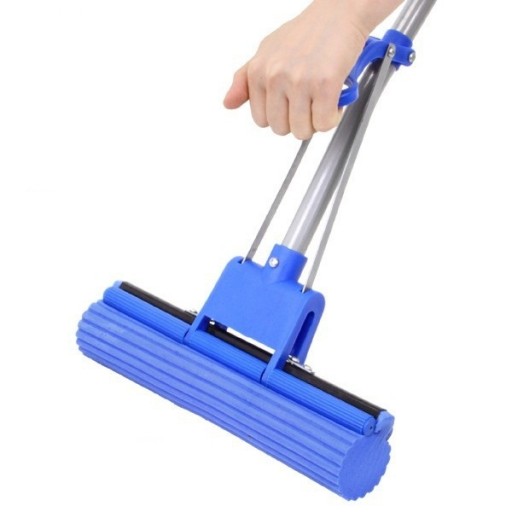
Types of Flounders
Modern mops, first of all, are divided into flat and with squeezing mechanism. The latter are a foam roller with a raised surface attached to a sturdy handle. The base of such a mop may be metal or plastic. Excess liquid from the foam sponge is removed using a special squeezing mechanism. It is designed very simply - a handle is located at the bottom of the squeegee, which, when lifted, sets in motion two slats that grasp the roller along the entire length and squeeze water out of it. Thus, the hands while cleaning the floors remain dry and clean, and the cleaning process is simpler and faster.Plastic mops, as a rule, are much cheaper than metal, but they are not as durable as their expensive aluminum counterparts.
Flat mops are arranged a little differently. They can also be plastic and metal, the handle of the device is usually telescopic (it can be extended if necessary), and the holders differ in their functionality:
- rotary;
- static.
And in the form:
- rectangular;
- triangular;
- trapezoidal.
And by destination:
- for wet cleaning;
- for dry cleaning.
A rag for mopping (mop) can be attached to the flounder using threads, pockets or belts. Threaded connection is used in rope mops.

Types of Mops
What is a mop, we have already figured out, now let's understand how their different types differ from each other. As we have already mentioned, the nozzle on the mop can be rope. In this case, soft cotton flagella, which absorb water well and are easily wrung out, are bundled on a plastic fastener with a thread screwed onto a stick-holder. Such a mop is very convenient in operation, with it you can easily wash the most inaccessible corners in the apartment, and due to the fact that the washing element itself is not a continuous canvas, but a lot of ropes, it copes with dirt in the cracks and joints between tiles and on the rapids.
Mops for flat mops are rectangular and trapezoidal, less often triangular rags. They are specially designed for washing corners. According to their texture, mops are also not the same: the thickness and length of their villi may differ. Often, manufacturers combine materials during the manufacture of nozzles, for example, rubberizing some elements so that the mop washes away faster and easier severe impurities or by adding acrylic fibers to them, which attract dust qualitatively. The size of the mop is selected depending on the dimensions of the flounder. Usually, all manufacturers standardize their products and produce mop heads from 35 to 100 cm long.
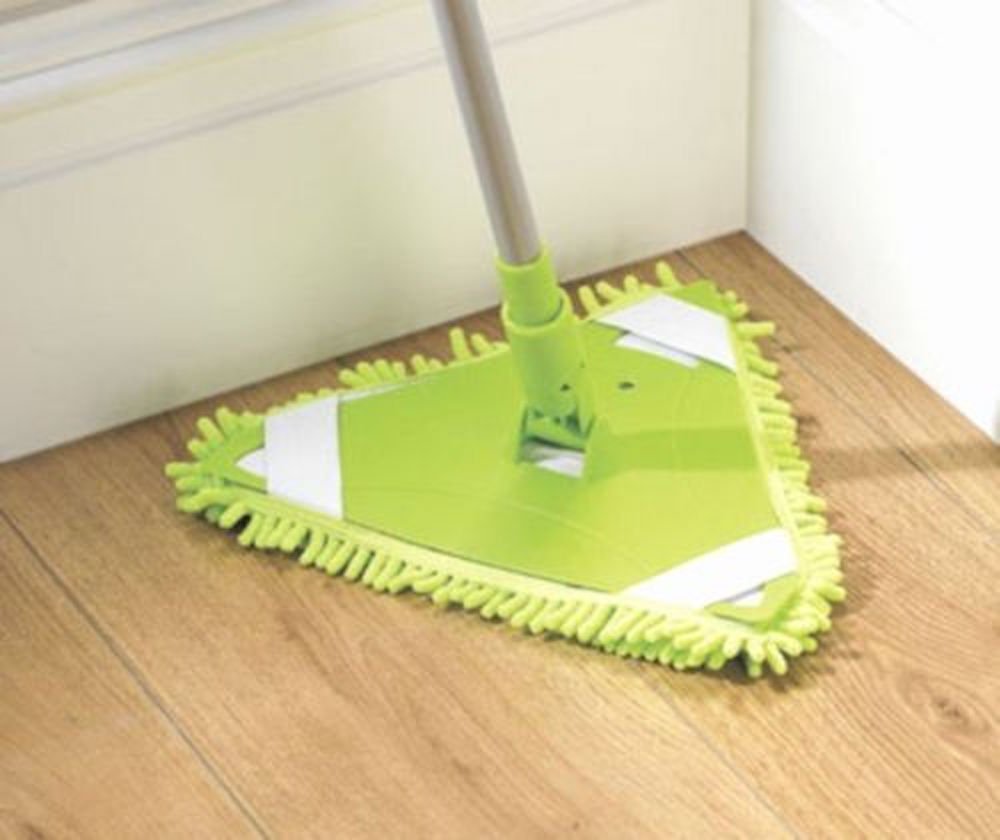
What to hold on to?
It is important to be able to choose correctly not only mops for cleaning, but also the mop itself. As a rule, the nozzle wears out over time, the cotton fibers “wash out” and become thinner, because of this they do not remove pollution from the surface as needed. Synthetic mops, with heavy use, are also not very durable. Nevertheless, when the rag wears out, this is not a reason to get rid of the entire mop, just change the mop, leaving the old flounder and stick holder, which is also called a cue stick.
Saving on a stick is not worth it, if you buy the cheapest model, it is unlikely to serve faithfully for several years. Most likely, at the slightest strong pressure on the mop, it will bend or break and the inventory will become unusable. Therefore, it is best to purchase aluminum or high-quality plastic sticks. Some manufacturers offer models with multi-colored markers. This helps not to get confused in the inventory, which is especially important for those who clean residential and utility rooms with different rags.
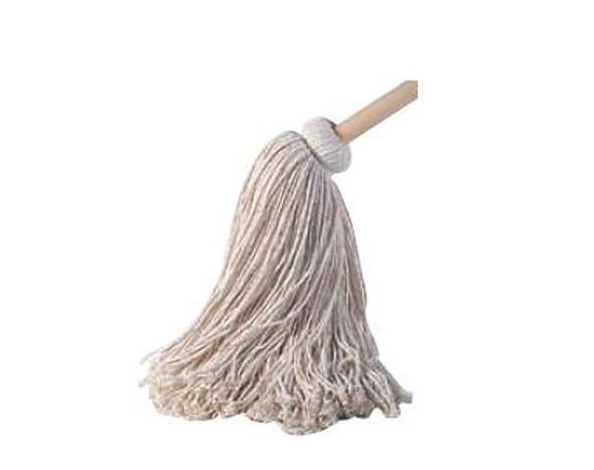
Rag Care
In order for the mop to serve the hostess as long as possible, you need to store it correctly. So, squeezing squeegees with a foam roller are usually kept in a bucket of water. This prevents the porous sponge from drying out and crumbling. If the foam hardens, then it will have to stand for a long time in the water in order to regain its elasticity and suppleness.
Flat mops, on the contrary, must be washed thoroughly after use and dried well, without throwing them at random. Otherwise, the fibers will rot and become unusable. If you often leave the mop wet and keep it crumpled, and even in a bucket, without air, it will soon get an unpleasant odor, which will remain in the room after cleaning.
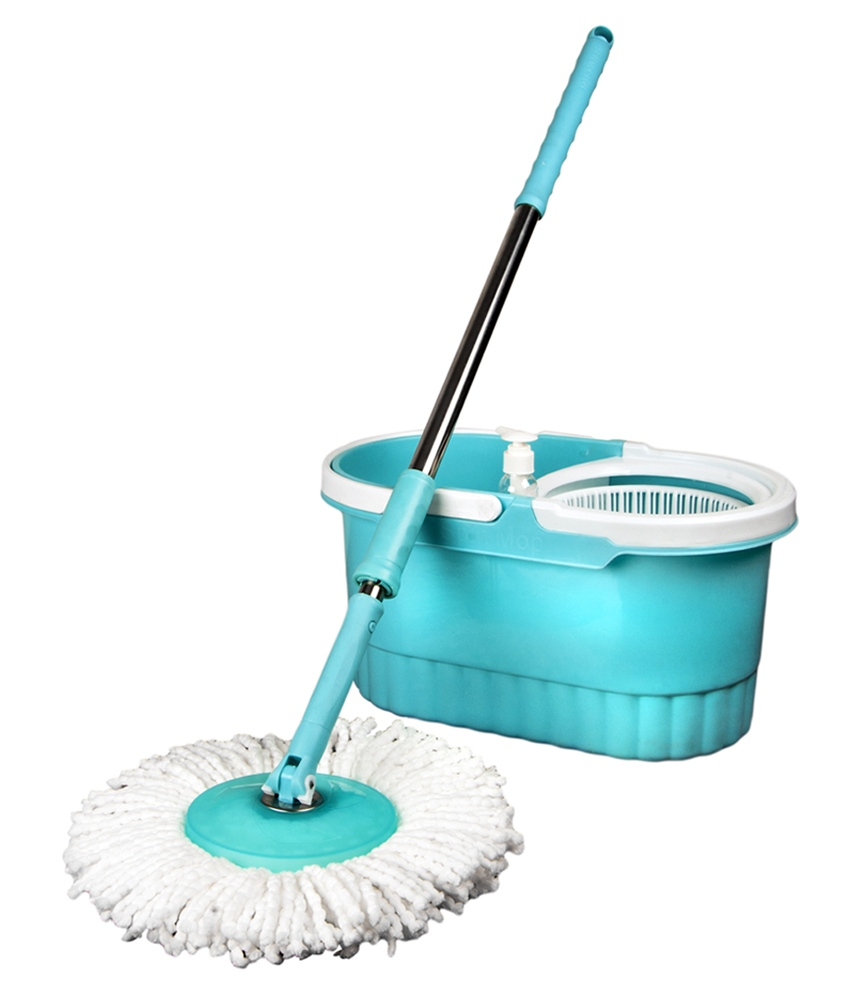
Extra cleaning equipment
Cleaning is facilitated by the use of not only mops, but also special buckets.For round rope nozzles, there are containers with spherical "colanders", with the help of which it is much easier and faster to squeeze the rag. Such a bucket is divided into two compartments - the first is designed to dip a mop into it, and on the other hand excess water is squeezed from it.
For rectangular flat mops, you also need to prepare a special container. It must be of a special shape and fit the size of the flounder.
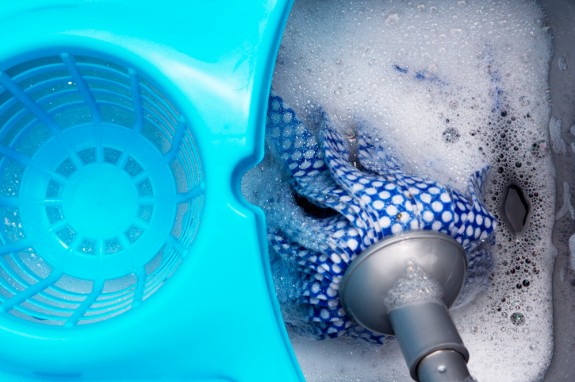
Mop manufacturers
As a rule, Chinese products are widely available to buyers. They are inexpensive, usually in the range of 200-350 rubles. Domestic and European mops are more expensive. Some models for the price reach 1,000 or more rubles. Such a high cost is fully justified, because such an inventory will last in the house for more than one month, and even more than one year. The most popular among buyers are products of Italian, German and Polish manufacturers, including Spontex, VILAND, Vileda Professional, APE and others.
